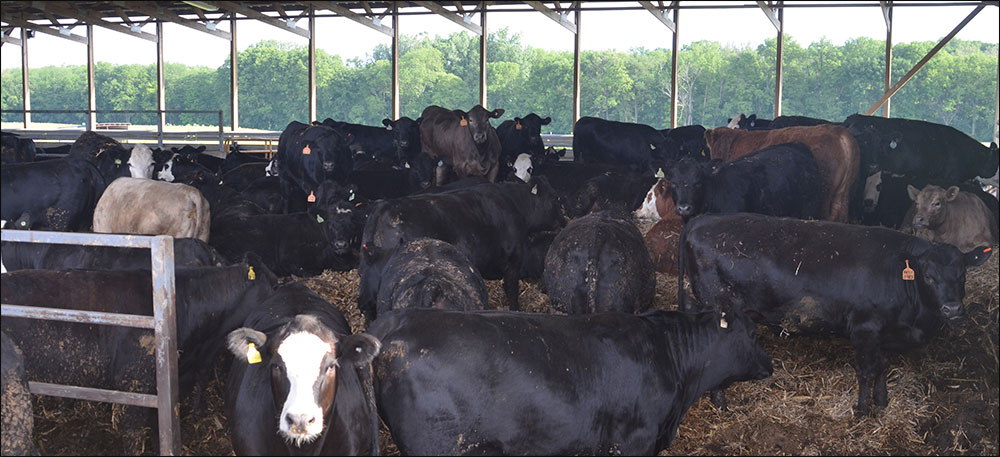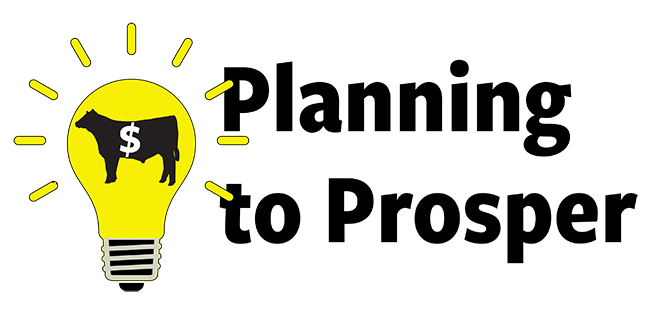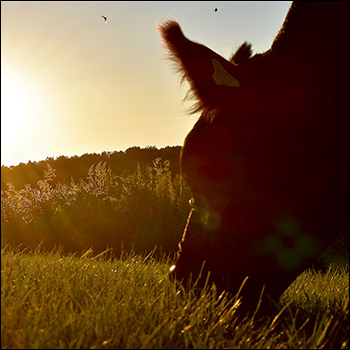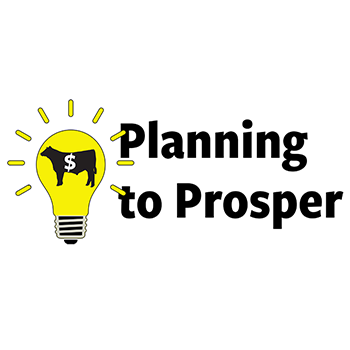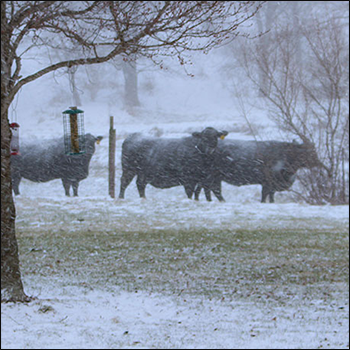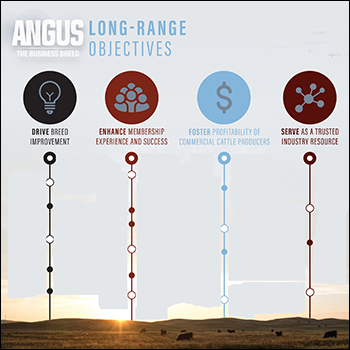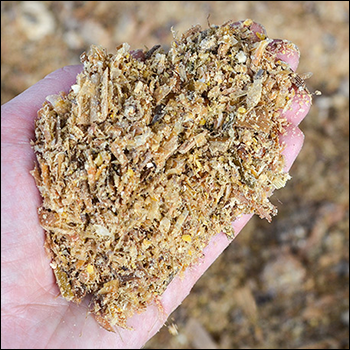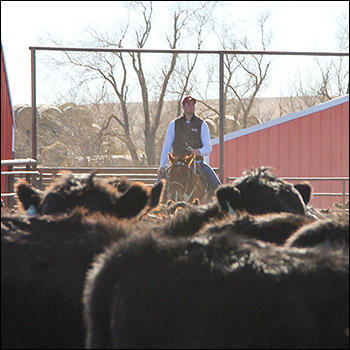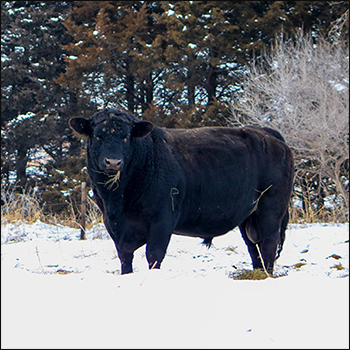ANGUS BEEF BULLETIN EXTRA
January 4, 2021 | Vol. 13 : No. 12
2021 Cattle Numbers Projected
Cattle numbers will be supportive in 2021.
The December Cattle on Feed report showed that we are back where we started one year ago with Dec. 1 feedlot inventories just equal to last year. November placements were down 8.9% from one year ago. November marketings were 98% of last year. The report was well-anticipated with no surprises, though the low placements in this report will likely be viewed as mildly bullish.
Feedlot dynamics have made it a challenge to determine exactly what is going on in fed-cattle markets. Monthly feedlot placements have varied from 23% down year over year in March to 11% higher year over year in July, to 11% below one year ago in October. For the January-to-November period, total placements are down 4.4% year over year. In the last six months, which would include the majority of current feedlot inventories, placements are 0.5% above the same period last year.
Feedlot marketings have been likewise very volatile this year with monthly marketings varying from 13% above last year in March to 27% below last year in May and back to 6% higher year over year in September. For the year to date through November, total marketings are down 3.1% year over year. In the last six months, feedlot marketings are just fractionally higher than the same period last year.
Flows of cattle through feedlots should begin to show more consistent tightening in 2021. The beef cow herd was at a peak in January 2019 and led to a 2019 calf crop that was down 0.7% from the 2018 peak calf crop. The estimated feeder-cattle supply on Jan. 1, 2020, was down 0.4% from 2019 levels. The estimated 2020 calf crop in the July Cattle report is down another 0.7% from 2019. The July estimate of feeder-cattle supplies was up slightly but was likely pushed higher due to the intra-year dynamics of feedlot placements. Current estimates suggest that the total calf crop in 2020 is 513,000 head smaller than the peak in 2018.
Herd dynamics can also impact short-term cattle slaughter and beef production. Herd liquidation will maintain higher slaughter rates for a time, even as cattle numbers are declining. Total female slaughter (heifers plus cows) is an aggregate indication of herd dynamics. For example, in 2016, active herd expansion resulted in female slaughter of 43.6%, the lowest level since 1973. By 2019, female slaughter was at 49.1% of total slaughter reflected as a 1.0% liquidation of cows as of Jan. 1, 2020. So far in 2020, weekly average female slaughter percentage has equaled last year, suggesting modest additional herd liquidation. Year-to-date heifer slaughter is down 3.7% year over year and total cow slaughter is down 1.3%, with dairy cow slaughter down 5.3% and beef cow slaughter up 2.7% so far this year.
Total cattle slaughter is down 2.8% thus far in 2020 and is expected to decline again in 2021. With herd inventories continuing to drift lower, total cattle numbers should be generally supportive of cattle prices in 2021.
Editor’s note: Derrell Peel is a livestock marketing specialist for Oklahoma State University Extension. This article is reprinted with permission from the Dec. 21, 2020, edition of the Oklahoma Cooperative Extension newsletter Cow-Calf Corner. Photo by Kasey Brown.
